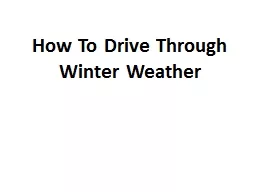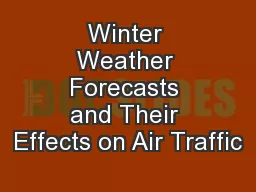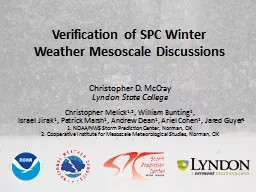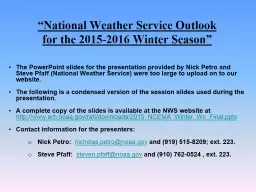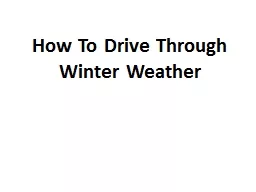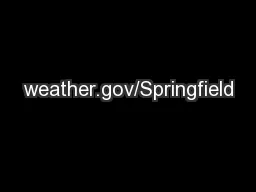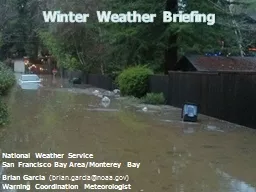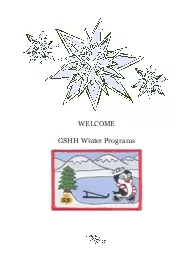PPT-How To Drive Through Winter Weather
Author : test | Published Date : 2019-01-21
Introduction Nothing causes whiteknuckle driving faster than a freeway freshly coated in powder It seems every winter the skies open up and this year is no exception
Presentation Embed Code
Download Presentation
Download Presentation The PPT/PDF document "How To Drive Through Winter Weather" is the property of its rightful owner. Permission is granted to download and print the materials on this website for personal, non-commercial use only, and to display it on your personal computer provided you do not modify the materials and that you retain all copyright notices contained in the materials. By downloading content from our website, you accept the terms of this agreement.
How To Drive Through Winter Weather: Transcript
Download Rules Of Document
"How To Drive Through Winter Weather"The content belongs to its owner. You may download and print it for personal use, without modification, and keep all copyright notices. By downloading, you agree to these terms.
Related Documents

